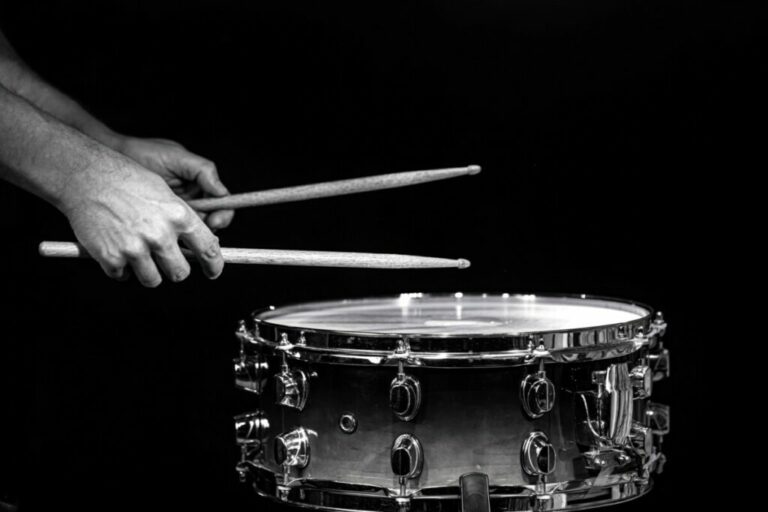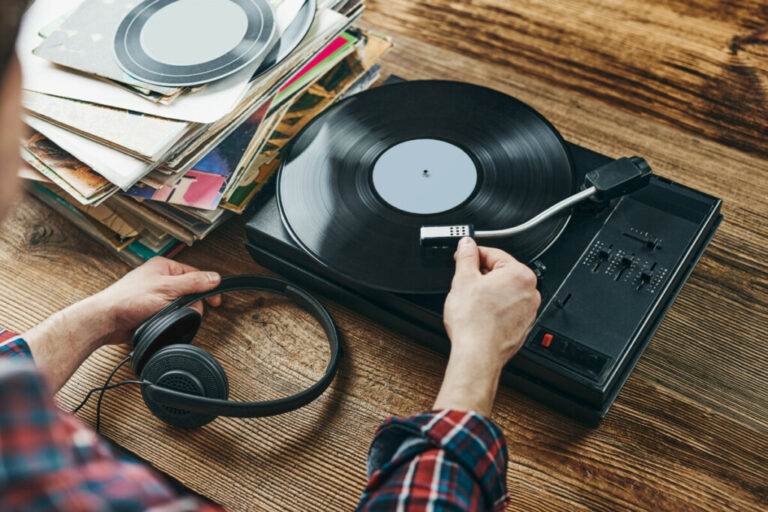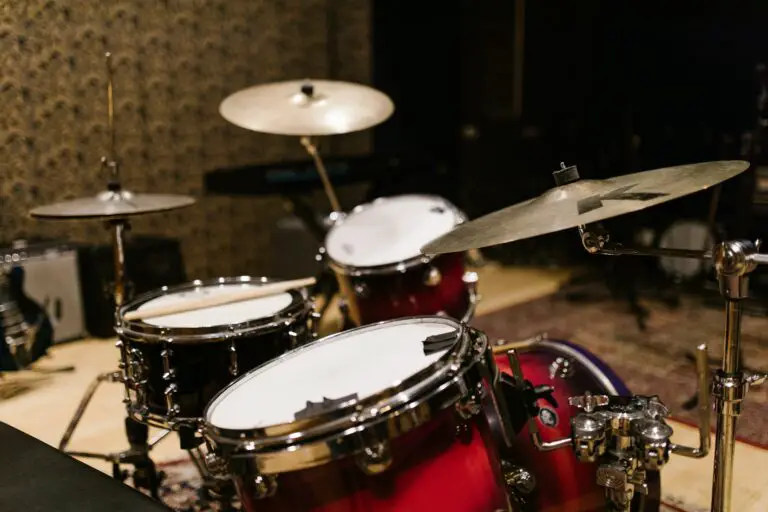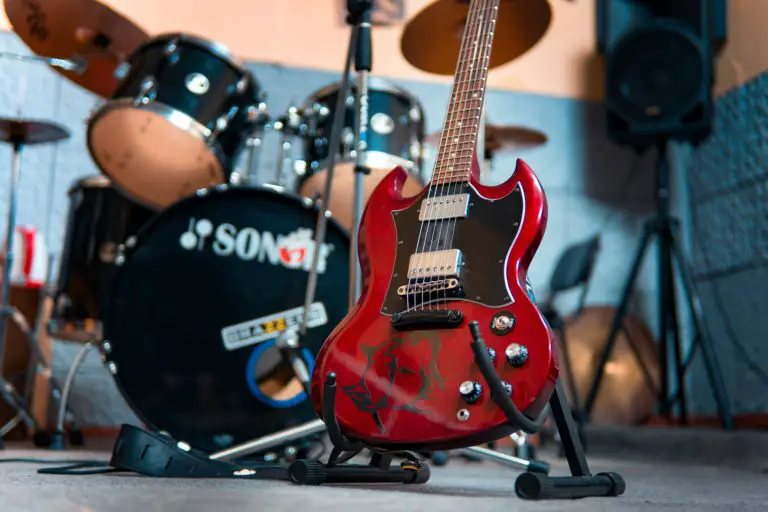How Many Notes Can A Trumpet Play?
Knowing how many notes a trumpet can play can be a mystery to the untrained ear. But as you gain more experience playing, it’s surprising to find out what trumpets are capable of.
Trumpets have an average range of 39 different notes but the number of notes a trumpet can play depends on its tuning, number of valves and overall body shape.
This unexpected range has seen trumpets used for all sorts of occasions over the centuries. This has ranged from formal processions to being used in pop, rock and electronic music.
The versatility of trumpets has made them the iconic sound of the brass music family. But what does it take to reach the limits of how many notes a trumpet can play?
How trumpets vary their sound
Like any wind instrument, trumpets make sound through air being blown into the instrument. As the air flows in, it produces notes as it whistles through the body.
However, that process only makes one particular sound. To vary the sounds – or notes produced, the player can manipulate the wind source to vary the pitch and tone of the sounds being made.
As these changes happen, it will produce different sounds creating a range of notes. The more the travelling air is manipulated, the more variety of notes that are made. So how can you manipulate the sounds on a trumpet?
Ways to change notes on a trumpet
There are multiple ways in which you can change the note range on a trumpet. This includes:
- Using the valves
- Managing the airflow
- Adjusting the tuning
All these aspects will have an impact on how many notes a trumpet plays. Each adjustment not only changes the note itself but also the octave it sits in as well as the overall pitch. So how effective is each of these methods?
Using the trumpet valves
The key feature of any trumpet is its valves. These cylindrical levers in the middle of the body can be pushed down to alter how air travels through the instrument.
Each valve can be pushed down either individually or with another to alter the sounds being made. As the valve is pressed, the inner tube expands altering the sounds produced.
Whilst pressing down valves is the quintessential part of playing the trumpet, the impact of the movement is missed by the untrained eye. That’s because whenever a valve is pressed down, the notes shift down from their natural tuning.
Blowing normally into the trumpet will generally produce a G. Altering the pitch will then switch the open note to either a high/low C. However, these notes change as you press on a valve. Each action has a different impact dropping down a note (tone) or half a note (semitone). When pressed, each valve individually makes an impact. This corroborates simply as:
- 1st valve – drops note one tone
- 2nd valve – drops note by half a tone
- 3rd valve – drops note by one and a halftone
So if you were to press the first valve down at a standard pitch, the note changes from G to F. But if you were to press the first and third valve, you would produce a D. It’s a simple change but the impact in sound tremendously makes a big difference.
Manipulating airflow
Altering the valves is one way of changing notes. However, the true way to find the limits of what a trumpet can do is by manipulating the airflow.
The amount of air travelling through the instrument makes a big difference. But valves only alter air travelling through the body. Therefore, it’s the source that makes the biggest variation in what notes you can produce. And that comes from the trumpeter.
To get airflow into a trumpet, you need to blow into the mouthpiece connected to the trumpet. As you blow in, that produces the sound. However, your mouth is the ultimate creative toolkit. It’s here where you control the overall dynamics and airflow. This is what generates how many notes a trumpet can play.
This may come through your mouth and lip shape on the piece. Tightening your mouth muscles and pursing your lips together produces higher sounds. As you blow, this air shape packs the air particles closer together producing higher sounds. This puts the note an octave higher than a normal breath.
Relaxing your lips and mouth has the same effect. Essentially breathing and controlling air through your diaphragm, the airflow is more spread. This produces much lower notes. These sit an octave below the middle range.
As you play and alter your lip shape, these changes will alter the pitch of the notes produced. Combined with all your other playing techniques, it allows you to a greater number of notes.
Using the tuning slide
What many beginner players don’t understand is that brass instruments can be tuned. It’s nowhere near as precise or obvious as tuning a guitar. However, the impact is just the same.
As the air travels down from the mouthpiece, there’s an adjustable curved slide before the air reaches the main inner tube. This is the tuning side. This slide can be pulled both in and out – this is the tuning slide.
Essentially, pulling the tuning slide out is another way of dropping down the note scale. Each adjustment drops notes down a semitone. This helps you play note variants – the flats and sharps.
By manually controlling this as you play, it allows you to maximise the range possible and precisely hit the note you want. This greatly improves the overall sound and dynamic of the note produced.
This kind of impact that tuning has on how many notes a trumpet can play isn’t lost on Miles Rooney – Researcher at the University of Melbourne’s Faculty of Fine Arts and Music.
“The main tuning slide lowers the note around a semitone. When pulled out all the way, it is usually fine-tuning notes”, Rooney explains. “The number of notes you can reach is the same but everything will be lower”.
What this shows is that a trumpeter needs to be aware of all their available tools to hit the full pallet of notes a trumpet can reach.
Understanding trumpet types
What also impacts how many notes a trumpet can play is the type of trumpet itself. Most of the time, everyone thinks a trumpet has three valves and maintains a standard tuning. However, that’s not the case.
The typical trumpet does have three valves but is naturally set to a B flat tuning. What people might not realise is that trumpets carry different valve numbers and tuning.
So how does this impact the type of notes produced?
Trumpet Tuning
Most standard trumpets come tuned to a standard B flat tuning. This means that the C note from the trumpet is equal to a B flat on a piano.
Trumpets can also be found to be naturally tuned to both C and E flat. These changes in tuning mean that the trumpet will play higher-scaled notes. For example, C tuning is one tone higher than B flat. Should you go further to an E flat tuning, which is two steps higher than the standard tuning.
“The C trumpet is often a bit brighter in tone quality compared to the B flat trumpet,” Rooney explains. Yet it doesn’t mean that higher notes are easier to play.
“With trumpets that are in higher keys, it is still somewhat difficult to play high notes,” he says. “If your trumpet is in a higher key, then its stable low notes will be higher.”
This underlines the complexity required to play a full range on the trumpet. And that reaching octave limits isn’t always going to be a given.
Body type
The other thing to consider with note range is that some trumpets don’t always just have three valves. Indeed, some may have more or less depending on their actual instrument type.
For example, a piccolo trumpet will have four valves instead of three. With the addition of a fourth valve, players can drop notes down two and a half tones utilising just the extra valve.
Meanwhile, a cornet has a much smaller body than a trumpet. Even if it comes with three valves, the smaller body means that it will maintain a brighter sound than its larger cousin. This also impacts the note range you will be able to produce when playing.
How many notes can a trumpet play?
At the end of the day, there can be a lot which defines how many notes a trumpet can play. A lot rides on just how the trumpeter is manipulating sound. Using the valves gives the player greater variation. Meanwhile, manipulating the airflow significantly alters the pitch made. Even adjusting the tuning slide can have a profound impact.
Understanding how these all work alongside the type of trumpet being used will be the best indicator. By combining these aspects, trumpeters can hit a range of around 40 notes which span multiple octaves. This range then alters further depending on the characteristics of the instrument. It’s only then that you know just how many notes a trumpet can play and find the true sound you are looking for.
Special thanks to Miles Rooney









